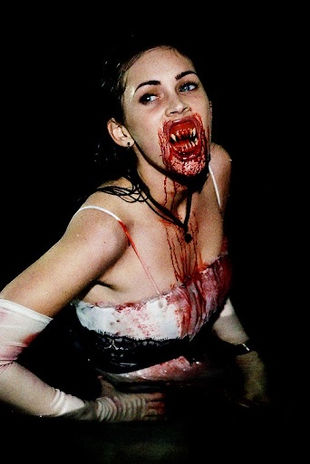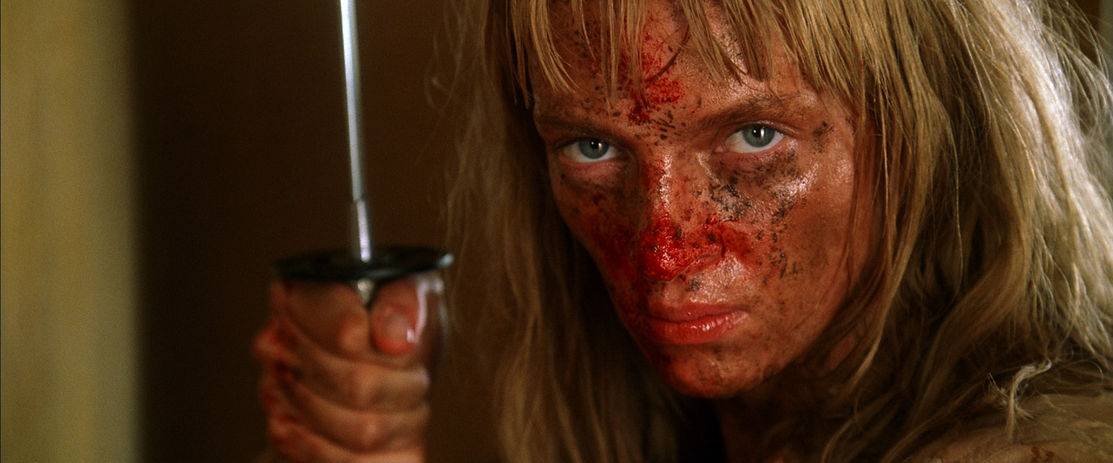CHARACTER

“To take the world into one's arms and act towards it in a soul-filled and soul-strengthening manner is a powerful act of wildish spirit."
- Dr. Clarissa Pinkola Estés
REAL-LIFE PERSPECTIVES
These interviews with teen dance students from Cincinnati’s School for Creative and Performing Arts offer an inside look at how real dancers think about dance, their values, and themselves. We asked each dancer the following set of questions:
-
What does dance mean to you?
-
Do you want to dance for the rest of your life? What might you do in the future?
-
What things are most important to you?
BODY HORROR
ART OF THE TITLE
Body horror: a subgenre of horror that centers the spectacle of the human body as it is transgressed, mutilated, or otherwise transformed. While the term “body horror” was first used to describe film, the tropes of body horror can be traced back as far as Mary Shelley’s Frankenstein. What sets body horror apart from other genres that use similar gory images is the way body horror elicits a visceral reaction in the viewer.
Key Ideas:
-
Body genres (horror, pornography, melodrama) often feature a spectacle of a human body in “excess,” i.e. out of control.
-
These bodies are more likely to be women’s bodies.
-
What sets body horror apart from other genres is that the spectator begins to mimic the emotion or experience displayed by the body onscreen or on stage - i.e., the spectator becomes aroused or frightened or weepy.
In Dance Nation, the changing bodies of dancers are both sites of joy and sites of horror.
How does Clare Barron depict and magnify the ordinary horrors of puberty?
When Barron includes body horror, what mirrored experience is she attempting to evoke in the audience?
CW: The images below contain blood, meat-eating, and other depictions of bodies in crisis.
FANDOM AND THE
PRE-TEEN EXPERIENCE
Guiding Questions
What makes fandom so enticing, especially to young teenage girls?
-
Gives hope in dark times.
-
Allows them to focus on something while they develop as a person.
-
Creates common ground in an otherwise divisive world.
-
Way to express their opinions about something they are passionate about.
Why are teen girls in fandoms given such a bad rap?
Why is it seen as okay in society to mock and suppress the interests of teenage girls?
Key ideas:
-
Early fandoms prompted women's’ sexual revolution.
-
Featuring teenage girls as a team.
-
The music industry, especially Frank Sinatra, catered to the screaming of young girls.
-
The media reduces their interests to be purely sexual.
-
Social media has allowed young girls to connect across the globe about their shared interests.
-
The relationship between the fans and the fandom is symbiotic; the fans fuel the fandom and the fandom fuels the fans.
How do the girls react to Dance Teacher Pat’s introduction of Sabina, the famed dancer superstar?
How does the shared interest of competitive dance bring the girls together?
REBIRTH AND CYCLES
THE MOON CYCLE OF DANCE NATION
Waning Crescent Moon - Vanessa falls and the dance stops
-
-
Key ideas: Surrendering, recuperating from difficult times.
-
Everyone is forced to slow down and reconsider their priorities.
-
-
Third Quarter Moon - Dance Teacher Pat announces the competition dance.
-
-
Key ideas: Releasing, letting go of old ways. -
Everyone must let go of old hierarchies to make room for a new era.
-
-
-
Waning Gibbous Moon - Zuzu dances alone
-
Key ideas: Introspection. Turning inwards and thinking of the future.-
The dancers remember why they love to dance and what sparks their passion.
-
-
-
Full Moon - Zuzu and Connie get their solos
-
-
Key ideas: Harvesting endeavors.
-
Zuzu and Connie are reaping the rewards of their hard work
-
-
Waxing Gibbous Moon - The pussy game leads into Zuzu growing fangs
-
-
Key ideas: Refining, momentum building.
-
The feral side of the dancers is beginning to emerge, but the most intense moments are yet to come.
-
-
-
First Quarter Moon - The team performs the Gandhi dance
-
-
Key ideas: Taking action, facing obstacles, moving forward.
-
This moment culminates in an obstacle that splits the team apart.
-
-
-
Waxing Crescent Moon - The Triptych
-
-
Key ideas: Intentions, sending hopes and desires out into the world.
-
Each dancer is confronting their growth and what has come into being
-
-
-
New Moon - Amina's final monologue.
-
Key ideas: New beginnings, time for a clean slate. -
Amina is left alone with her future while the team moves forward
BLOOD AND DESIRE

Blood and desire work together to create central character arcs in Dance Nation. Examining blood and desire in this context requires us to examine how these elements function in the world of the play.
Blood is used in moments that can be seen as feral and ferocious. Ferocity occurs in the play when the characters know what it is they desire, but don’t necessarily have the vocabulary to articulate these wants. Because they don't have the vocabulary to express their desires, they must express them viscerally.
Moments of intensity exemplify the ferocity we see among this dance troupe. For example, there are many moments in the script where Barron utilizes text and visuals, like increasing the size of the font to show that emotion has grown larger than the page, larger than the space it is written in. This inability to articulate self and desires often results in graphic depictions of blood and rage. She identifies the rage and confusion that come with being thirteen.
Visualize a tug-of-war rope, one side pulling its weight, while the other pulls against it. Imagine the body in motion expressing ferocity and frustration as one side of the rope, while the other side against it is the desire to articulate one’s self and logic. Each of these characters faces an internal tug-of-war in the duration of the play - consider moments in which you see this and how it manifests in the dialogue and the body as well.






